
Ultra-runner and travel journalist Lily Canter takes a unique runcation in Bermuda, running across the island in just one day.

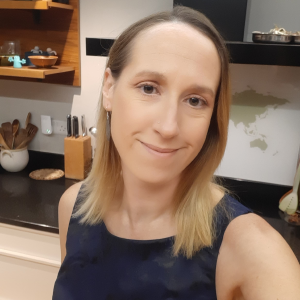
Ultra-runner and travel journalist Lily Canter takes a unique runcation in Bermuda, running across the island in just one day.
It’s 5am and I rise to the sound of a thousand whistling Bermuda tree frogs. My nose is streaming as I tiptoe out into the muggy morning, lathered in sunscreen and mosquito repellent. The flight to Bermuda gave me quite the head cold, and the thought of running 20 miles across the island today isn’t all that appealing.
But The Weekenders running club is waiting for me at the northwestern tip of the isle, ready to guide me west to east across this British Overseas Territory. So I bury my excuses, wipe my nose, and head out to meet British expat Mark Harris, director of the Bermuda Triangle Challenge, an annual island run event.
Like me, Mark is an ultra-runner. Unlike me, he is acclimatized to the sub-tropical weather here. Despite the 86°F (30°C) heat and the 80 percent humidity, Mark is wearing a long-sleeved t-shirt beneath his running shirt. Apparently Mark likes to “heat-train all year round” in case he signs up for a race somewhere even hotter. I’m already sweating in my vest.
With just 21 square miles to play with and a cozy population of 64,000, Bermuda ‘rock fever’ (a colloquial ailment where islanders start to feel stifled by the isolation) tends to set in every few months. So there’s a good chance Mark will venture off the island soon for a race elsewhere.
And yet, that’s also what draws expats to Bermuda. The weather, the quality of life and the close-knit community hook people in, and, like M. Night Shyamalan’s film Old, they find it impossible to leave. Or perhaps it’s not magic; they just don’t want to. I guess I’m going to find out.
Formed by a series of mid-ocean volcanic eruptions over 35 millions years ago, Bermuda is an archipelago of 181 islands and islets. The seven main islands are connected by bridges, crossing over a part of the Western Atlantic known as the Sargasso Sea. The nearest landmass is the east coast of America over 600 miles (1,000 kilometers) away, making it one of the most isolated places in the world.
Our run journey begins at the Royal Naval Dockyard on the northwestern tip. Here the National Museum sits atop a stone fort with panoramic ocean views, and a series of exhibitions explain Bermuda’s complex colonial past.
I learn that the formerly uninhabited isle was first documented by Spanish explorer Juan de Bermudez in 1505, but wasn’t settled until the British arrived 1612. African and American Indian enslaved people were shipped in during the early 1600s (Bermuda was the first English colony to use enslaved Africans) to work on tobacco farms and other crops) before Portuguese immigrants from the Azores and Madeira arrived in the 1800s chasing the promise of farm labourer work.
The PB&J (peanut butter and jelly sandwich) gives me an energy boost but leaves me craving a Bermudian wahoo fish taco washed down with a Rum Swizzle.
As we run out of the docklands, the evidence of colonial rule is visible everywhere. The lush green streets are punctuated with gleaming white church spires, and each parish is named after an English county or city. As we gently jog through Somerset village, crossing over Watford Bridge, Mark tells me about the great cricket rivalry between Somerset, in the west, and St George’s, in the east, who hold an annual tournament each July over Emancipation and Mary Prince Day.
Interestingly, placing a bet on the cricket is the only time of year gambling is seen publicly. The Bermuda Government has a list of activities that are either banned or tightly controlled, including advertising (billboards are illegal) car ownership (only one car per household) and dogs (must be kept on a lead in public at all times).
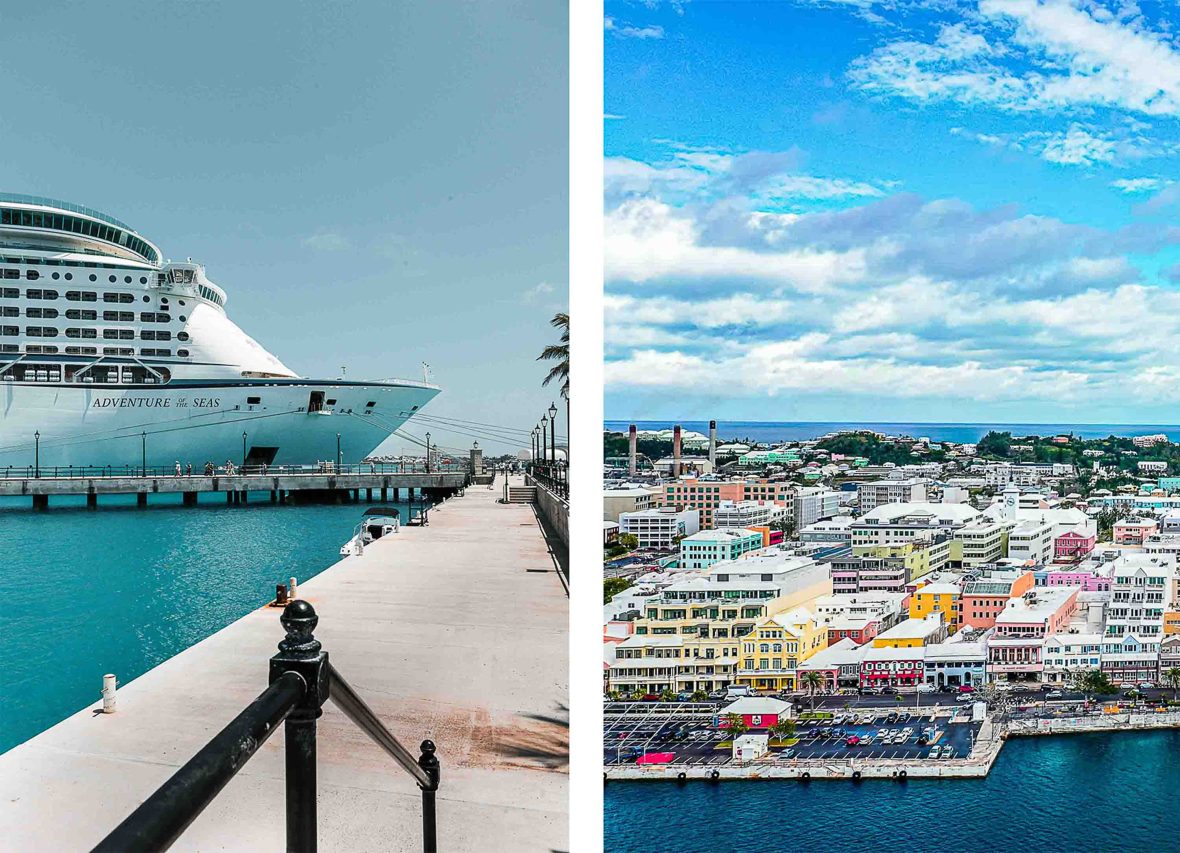
Hazel Clarke once ran the 800 meters event for America and now calls Bermuda home. And she still enjoys a run, albeit a more leisurely one. Everyone seems to have an amazing backstory here, from the taxi driver who represented Bermuda at the 2024 Chelsea Flower Show, to the Saturday morning cyclist who was a professional water-skier in the 1980s.
There’s a surprise waiting on every island crossing. As we jog over Somerset Bridge, a favorite shady spot for maritime ducks, Mark informs me it’s the smallest drawbridge in the world. With an opening just 22 inches wide, it’s only large enough to accommodate the mast of a sailboat.
Hazel jogs off to start her day and Bermudian Tommy Sinclair joins us as we run the old Railway Trail, following an abandoned railway bed through lush vegetation.
We stop for hydration at a church that’s surrounded by an impeccably clean graveyard. Until recently cremations weren’t allowed on Bermuda for fear it would contaminate the water supply. Since there are no natural springs, all rainwater is collected via rooftops—which residents, by law, must keep pristine—before being filtered into underground water tanks. A heavy downpour is known locally as “good tank rain”.
Water, however, is about the only sustainable thing on Bermuda. Around 80 percent of the food is imported, along with all fuel. Solar panels are rare, and Tommy, who works in sustainable agriculture, says the island only ever has enough food to last six weeks. It’s a sobering thought. As Mark and Tommy crack open a can of pitstop IPA, I sip water and eat a peanut butter and jelly sandwich (PB&Js) before we shuffle on.
The snack gives me an energy boost but leaves me craving a Bermudian wahoo fish taco washed down with a Rum Swizzle.
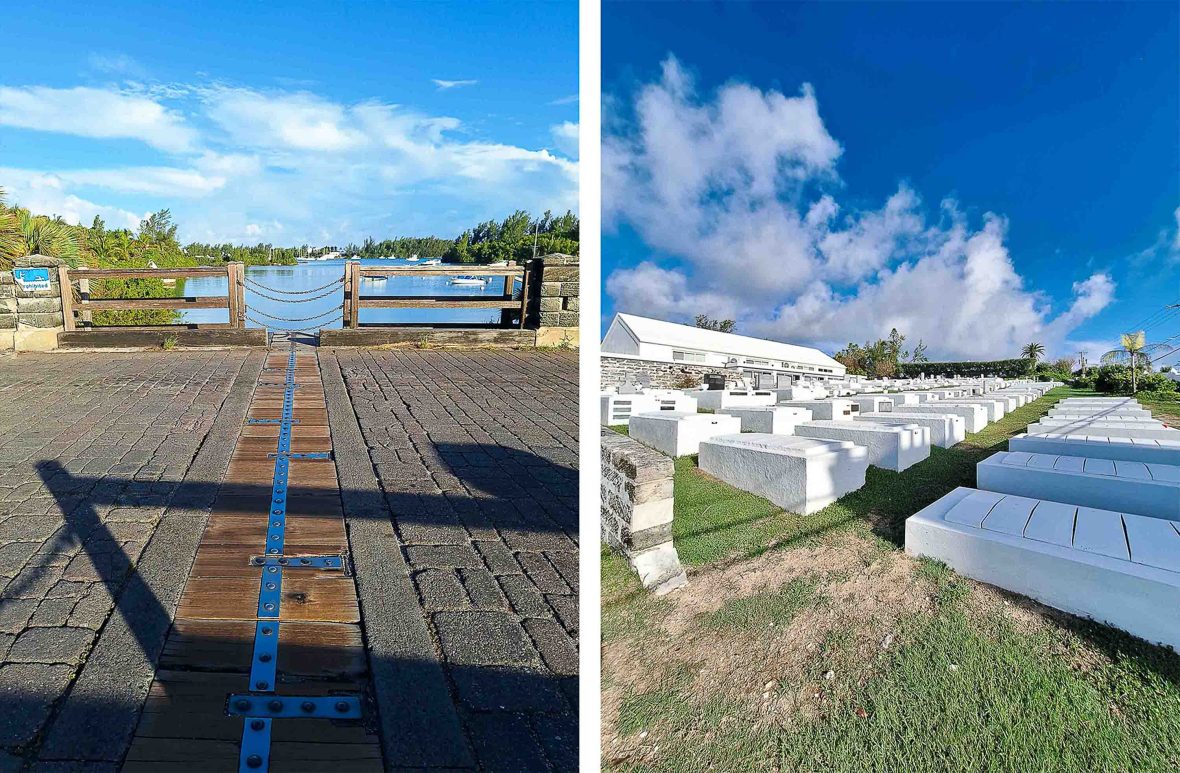
Pink golf buggies are scattered across the Turtle Hill Golf Club, which is cut into the hillside. Looming over the golfers sits Fairmont Southampton hotel, with its matching pink façade.
The national color of Bermuda is pink, celebrating the unusual sand of the southern beaches, the most famous being Horseshoe Bay. “As a kid, it was a rite of passage to swim to the rock in the bay and jump off it,” says Tommy.
Horseshoe Bay is one of the only beaches on the island decked with sun loungers, set out in anticipation of the 5,000 cruise ship passengers arriving later today. According to Tommy, it’s better to visit Warwick Long Bay, just around the corner, or Surf Side Beach, where you can swim out to several 19th-century shipwrecks, if you want to avoid the cruise ship crowd. I’m saturated in sweat by this point and a sea dip is calling.
We’ve run 20 miles, it’s taken roughly eight hours, and I am Just. Too. Hot.
For the next hour or so, we run through a series of fruit and vegetable farms growing papaya, pepper and tomato, the roadside lined with colorful houses. The difference between affluent and poor communities is hard to spot because even the smallest shack has perfectly maintained paintwork, a spotless white roof, and not a spot of garbage in sight. Salaries are high on the island, with roles like social workers earning USD$100,000. But a significant pay gap still exists between men and women, and foreigners and local Bermudians.
The landscape changes and soon it’s all green trees and pink flowers. In Devonshire Parish, on the island’s Atlantic Ocean south side, Mark points out Ariel Sands, a former hotel complex, now empty, owned by the family of actor Michael Douglas. Fun fact: His mother was Bermudian, with family roots dating back to the 1600s.
In the midday sun, it is getting unbearably hot, but we slog on to John Smith’s Bay. We pass Spittal Pond Nature Reserve, a popular dog walking spot, and at the bay, we marvel at a bunch of climbers bouldering a cave roof. Bermuda has an underground culture of rock climbing, but is best known for cliff jumping, watersports and scuba diving.
We’ve run 20 miles, it’s taken roughly eight hours, and I am Just. Too. Hot. We decide to call it a day, and I rush into the alarmingly warm water at John Smith’s Bay. We’ve made it across the island but haven’t completed the full marathon route (dictated by the Triangle Challenge Marathon event held in January) which hooks back west along the north shore.
As I emerge from the sea feeling somewhat refreshed, I realize the frogs are still croaking. But miraculously, my cold has disappeared, lost to the heat and humidity of Bermuda.
***
Adventure.com strives to be a low-emissions travel publication. We are powered by, but editorially independent of, Intrepid Travel, the world’s largest travel B Corp, who help ensure Adventure.com maintains high standards of sustainability in our work and activities. You can visit our sustainability page or read our Contributor Impact Guidelines for more information.

Lily Canter is a running, fitness and adventure travel journalist whose biggest achievement to date is running 250km across Tanzania, while back home in the UK, she spends much of her time canicrossing—cross-country running with dogs—with her dog Zippy. She regularly writes for Runner’s World, Women’s Health, Fit&Well, the Guardian, Metro and the South China Morning Post. Whether visiting a new city or getting out on the trails, her favorite way to explore is while running.


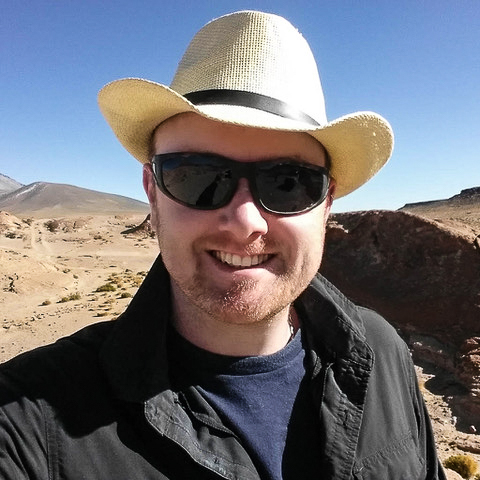



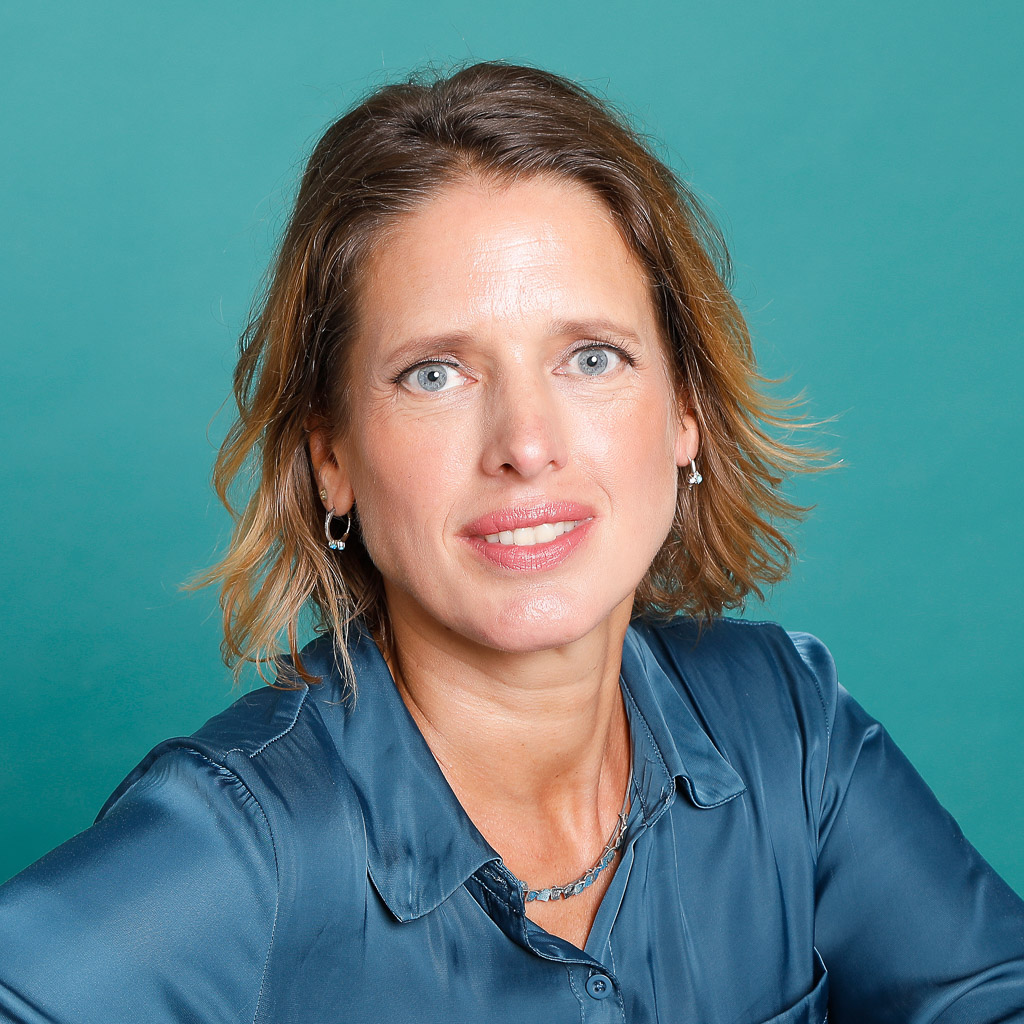

Can't find what you're looking for? Try using these tags: